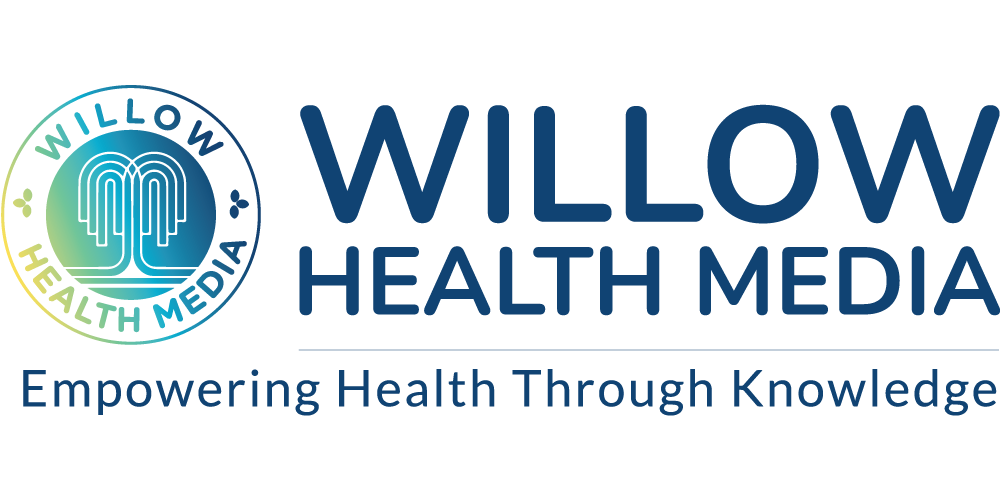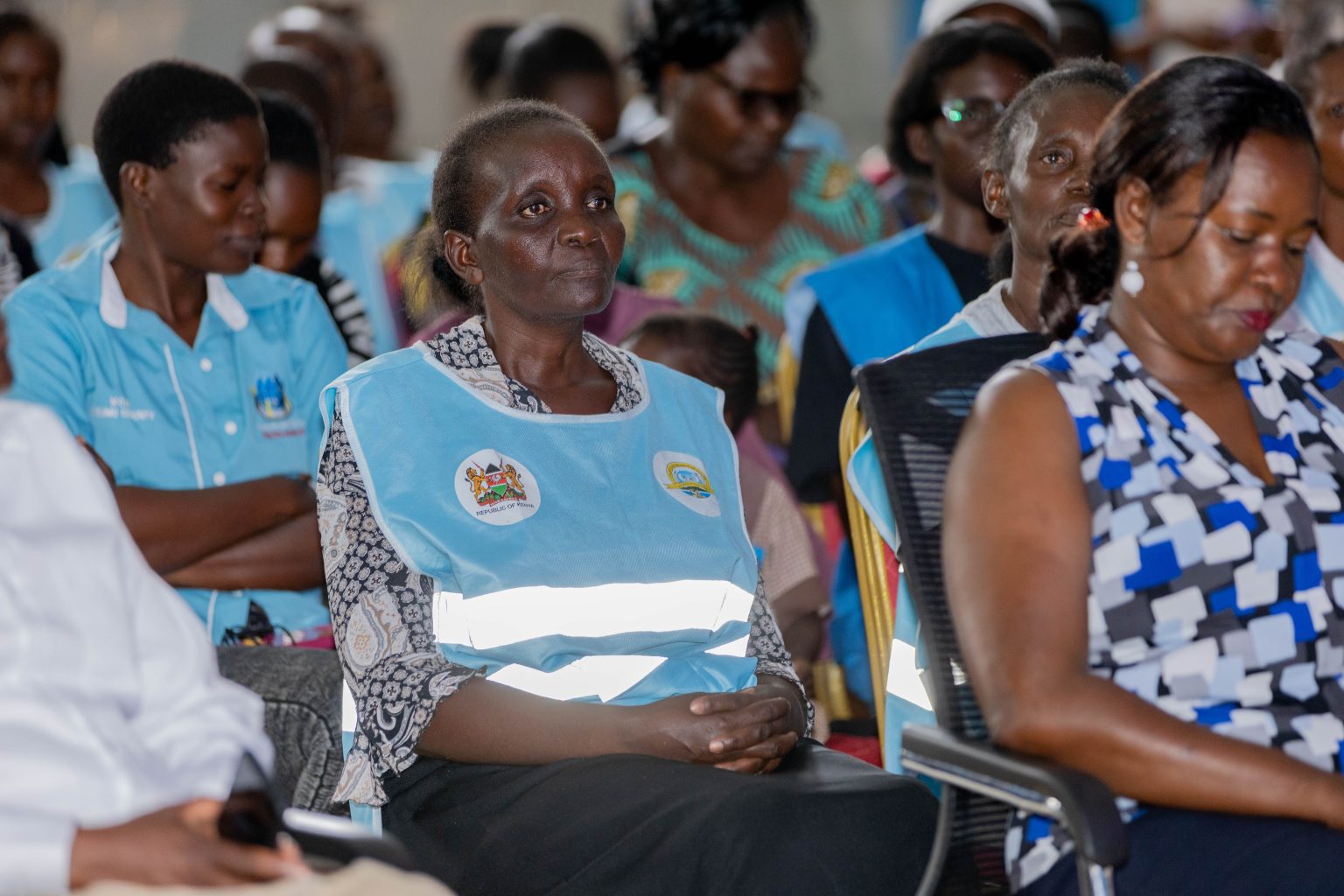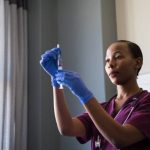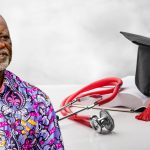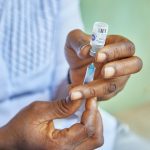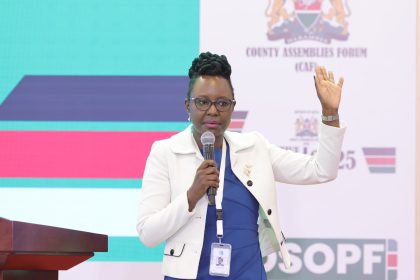From sickle cell battles to the unheard struggles of persons with disabilities, the second Willow Lifeline Dialogues in Kisumu exposed the cracks in SHA’s rollout—and made one thing clear: real reform can’t wait
The second edition of the Willow Lifeline Dialogues Town Hall unfolded at the Mama Grace Onyango Cultural and Social Centre on May 13, 2025, drawing together a powerful mix of health professionals, community advocates, policymakers and residents.
With the spotlight firmly on Kenya’s bold shift in health financing under the Social Health Authority (SHA), the town hall offered a public platform where lived experiences intersected with policy ambitions.
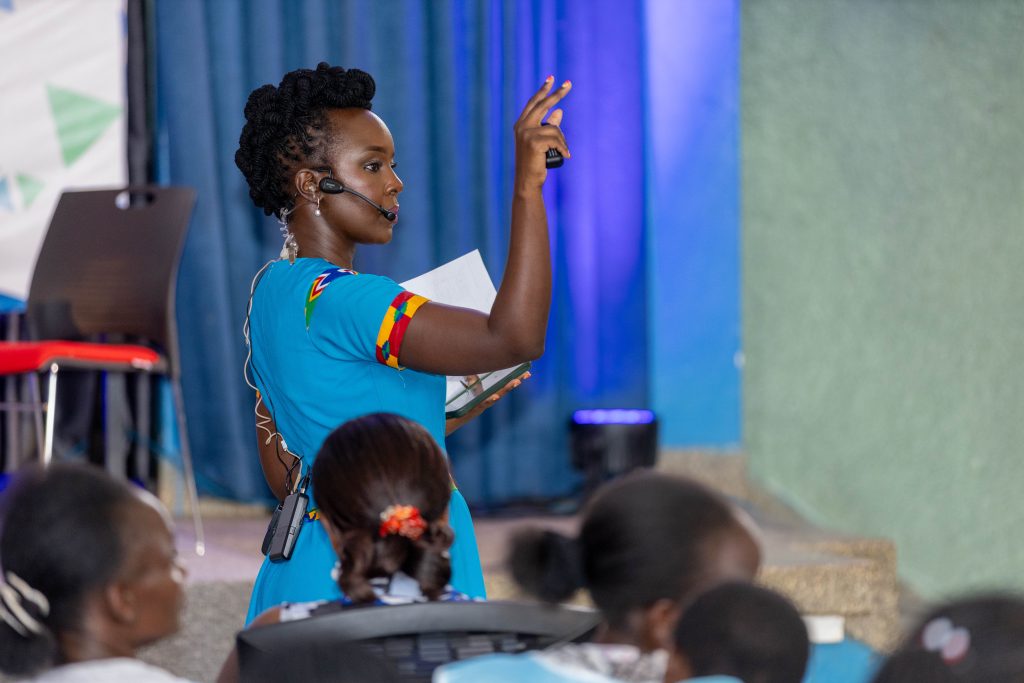
Moderated by Dr Mercy Korir, CEO and Editor-in-Chief of Willow Health Media, the session was a reality check on SHA’s progress since its launch in October 2024.
The panel brought together a diverse mix of healthcare voices: Dr Ogolla Dorn Sunday, Director of Medical Services in Kisumu County, shared public sector insights on service delivery and local implementation.
Caroline Dorothy Mabunde, founder of Don Amolo Memorial Kids Ark (DAMKA) and a strong community advocate, spoke for vulnerable groups, especially children living with chronic illnesses like sickle cell disease.
Level two and three facilities contracting services previously out of reach
From the SHA leadership, Director of Beneficiary and Provider Management, Hazel Koitaba, addressed operational concerns, policy direction, and institutional reforms.

Representing the private sector, Michael Adwera, CEO of Africa Inuka Hospital Group, highlighted the challenges and expectations from private healthcare providers under the new financing model. Together, the panelists offered a well-rounded assessment of SHA’s progress, achievements, and remaining gaps.
Opening the discussion, Dr Ogolla Dorn Sunday shared encouraging statistics from Kisumu: SHA registration currently stands at 46 percent, representing about 580,000 of the county’s 1.2 million residents. He credited SHA with bolstering primary healthcare, especially at level two and three facilities, which are now contracting services that were previously out of reach.
“SHA has helped the county improve primary healthcare. Facilities at level two and three can now contract and expand services they previously lacked,” he noted.
He admitted that there are inconsistencies, particularly around reimbursement rates and the limited inclusion of preventive and promotive services in SHA’s funding model.
Caroline Dorothy Mabunde, representing families affected by sickle cell disease (SCD), expressed deep frustration. “From the community’s point of view, SHA is not working. Warriors go to SHA-registered facilities but still pay extra for care. Lifesaving therapies like red blood cell exchange are only available in Nairobi and Eldoret, and SHA doesn’t cover them.”
My condition worsened… I needed a red blood cell exchange costing Ksh150,000
The most powerful moments came from the audience with Lindy Berita, a sickle cell warrior, recounting how her condition worsened “to the point where I needed a red blood cell exchange, but SHA didn’t cover it. I had to pay Ksh150,000 out of pocket. If SHA is growing, why can’t these procedures be brought to public facilities?”
Representing the private sector, Adwera praised SHA’s tariff standardisation and faster pre-authorisations, but warned that delayed reimbursements and unresolved NHIF arrears threaten sustainability.
“Seventy to 80 percent of private hospitals, especially level four and five, struggle with pre-financing specialised care. If SHA doesn’t reimburse 100 percent of claims, sustainability is at risk.”
A moving intervention by David Angoro, a disability rights advocate, called attention to SHA’s lack of inclusivity saying that many people living with disabilities (PWD) face unique challenges.
“Article 43 of the Constitution guarantees access to quality healthcare for all, yet PWDs are left behind. Why must an interpreter be employed over a qualified PWD? How many persons with disabilities are employed by SHA? We need grassroots education and real inclusion, not tokenism,” he pointed out.
Public hospitals often lack drugs, private ones demand extra insurance
The emotional weight of the town hall deepened when Florence Nyawara, mother to a child with autism and epilepsy, shared her story.
“SHA doesn’t cover therapy, yet my child needs it twice a week. Public hospitals often lack drugs, and private ones demand extra insurance. Why should I pay again when SHA is supposed to cover our health needs?”
People also called out SHA’s messy registration system. One community worker slammed the household sign-up rules as unfair and confusing.
“My parents are senior citizens. My mother was registered in one household and my father in another, so they both have to pay for SHA separately. Is there a way to merge and make a single household payment instead of being charged twice?”
Her comment echoed the general need for greater public education and flexibility in SHA’s implementation especially for older or dependent populations navigating the system for the first time.
Responding to the concerns, Hazel Koitaba acknowledged the growing pains of a new system, but reiterated SHA’s commitment to reform as over Ksh35.5 billion has already been disbursed to more than 9,000 hospitals.
SHA clinical audits take longer than NHIF’s manual processes
“We’ve heard the issues on sickle cell, PWDs, and therapy coverage. A benefits review committee is working on these inclusions. Our clinical audits take longer than NHIF’s manual processes, but they ensure accountability,” said Koitaba.
The panelists later had a press briefing with journalists where they offered detailed responses on SHA’s inclusivity, financing model, rollout strategy, and feedback loops.
Dr Ogolla reassured Kisumu people of SHA’s commitment to advancing care and that “We’ve launched Victoria Annex, a hospital for sickle cell and blood disorders…with SHA reimbursements, we’re better placed to serve our people.”
On the other hand, Caroline emphasised the urgency of targeted education and inclusion.
“Many still don’t understand what SHA is. Those with HIV and sickle cell see no real impact. I’ll go back and sensitise my community, but I hope SHA implementation will begin to reflect their needs,” she added.
Koitaba promised sustained engagement, adding that Kisumu has done well seeing as 255 facilities are SHA-contracted.
“But gaps remain. We’ll present these issues to the Ministry’s benefits and tariff review panel. We’re also considering county-level partnerships under CSR to improve access for PWDs.”
According to Adwera, there is need for collective responsibility within the public and private facilities.
“Change is happening, but we must act on feedback. The informal sector must be onboarded, and SHA must empower private providers to ensure the system remains viable.” He added.
Dr Ogolla encouraged the public to register for SHA, adding that this would help the counties to unlock funds. “Healthcare begins with access,” he said.
As Kisumu leads by example, one truth is evident: Kenya’s healthcare reforms must be inclusive, accountable, and grounded in the everyday realities of its people.
